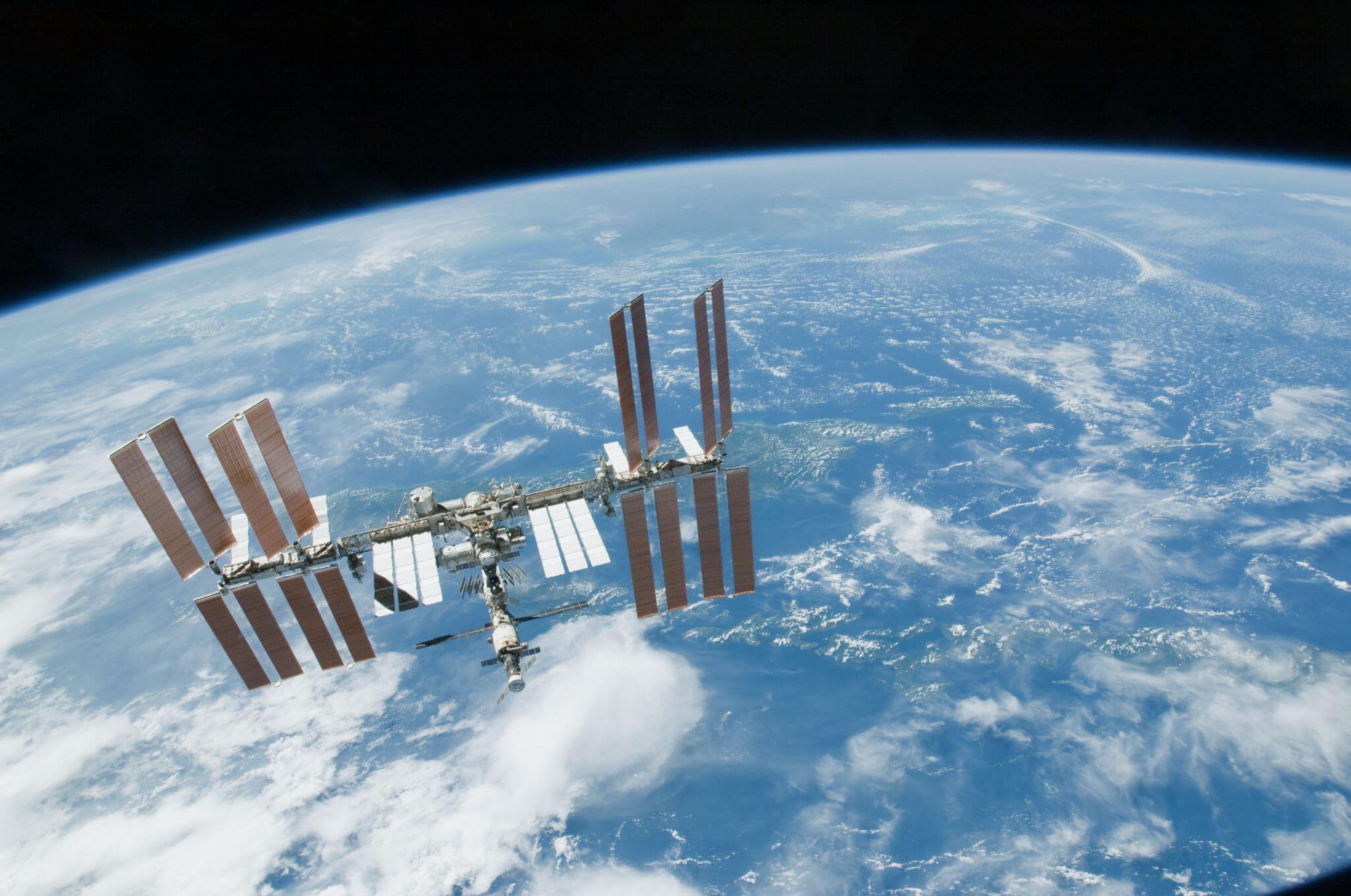Boeing has finalised a contract with NASA to develop the core stage of the Space Launch System (SLS), the most powerful rocket ever built and destined to propel America’s return to human exploration of deep space.
The US$2.8 billion contract confirms Boeing Defense, Space & Security’s earlier selection as the prime contractor on the SLS core stage, including the avionics. In addition, Boeing has been tasked to study the SLS Exploration Upper Stage, which will further expand mission range and payload capabilities. The agreement comes as NASA and the Boeing team complete the Critical Design Review (CDR) on the core stage – the last major review before full production begins.
During the CDR, which began 2 June, experts examined and confirmed the final design of the rocket’s cryogenic stages that will hold liquefied hydrogen and oxygen. This milestone marks NASA’s first CDR on a deep-space human exploration launch vehicle since 1961, when the Saturn V rocket underwent a similar design review as the United States sought to land an astronaut on the moon. Boeing participated in that CDR as well, as the three stages of the Saturn V were built by Boeing and its heritage companies Douglas Aircraft and North American Aviation.
Scheduled for its initial test flight in 2017, the SLS is designed to be flexible and evolvable to meet a variety of crew and cargo mission needs. The initial flight-test configuration will provide a 77-ton capacity, and the final evolved two-stage configuration is expected to provide a lift capability of more than 143 tons.
As part of the rocket’s development, the liquid hydrogen/liquid oxygen (LOx) powered RS-25 engines which will be used by the SLS first stage core, and which were formerly used to power the Space Shuttle, are about to restart testing at the Stennis Space Center, Mississippi.
Comment by David Todd: With the SLS development progressing so well, other competitor space nations are now rushing to catch up. It is significant that both China and Russia have now committed to building their own SLS-equivalent heavy lift launch vehicles to help them maintain their places in the “space race”.






